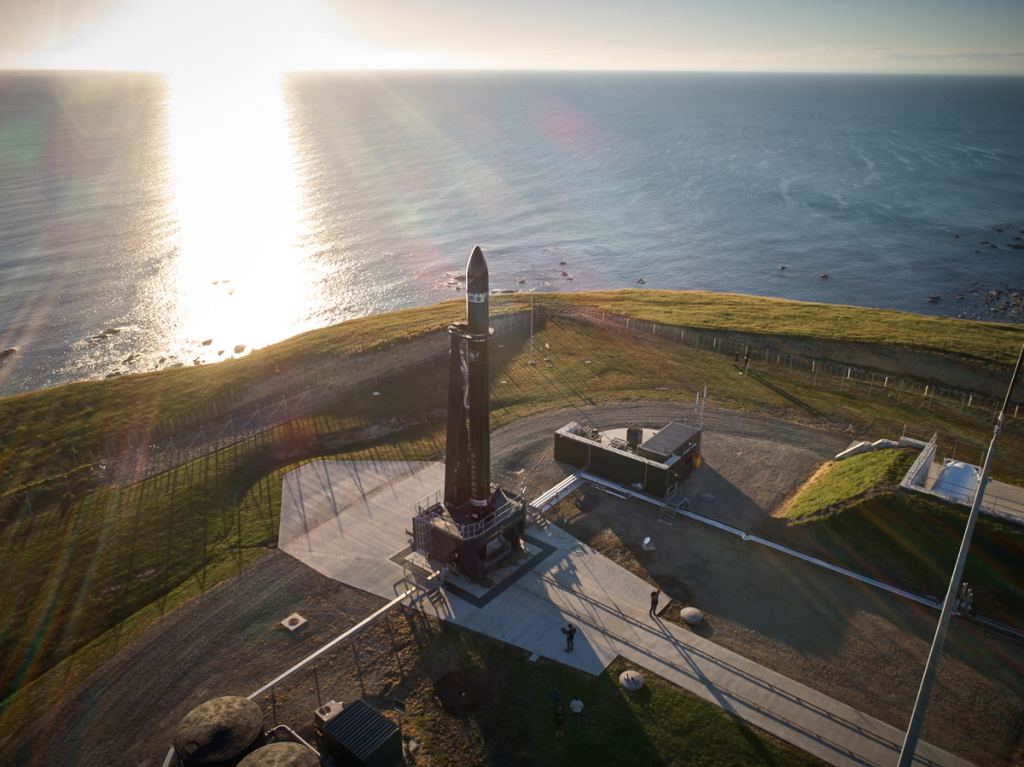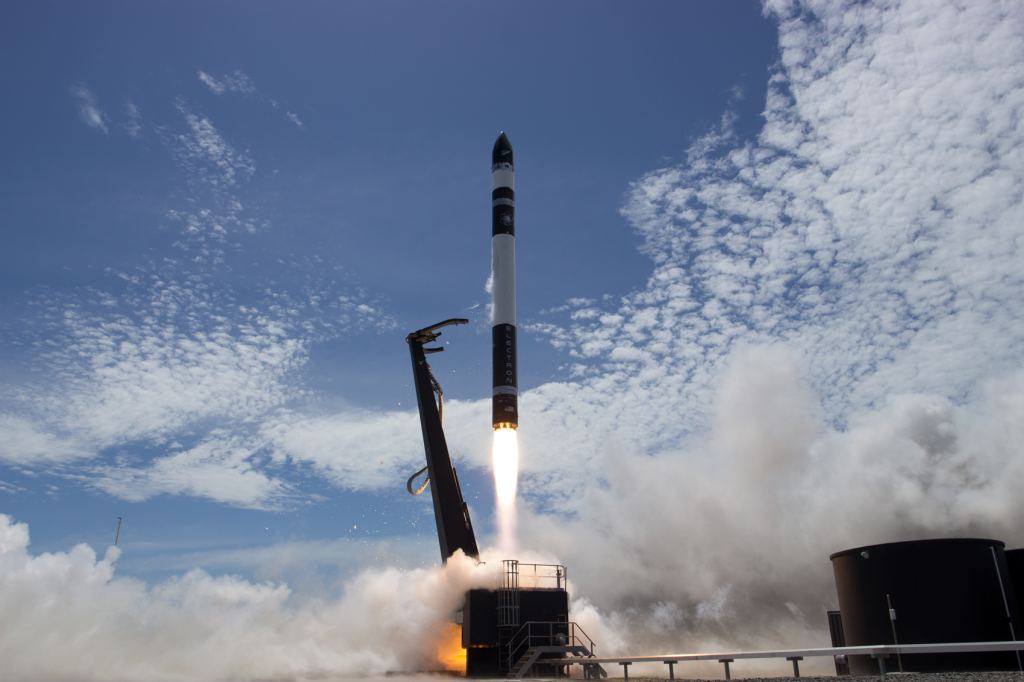In 2006, Peter Beck founded the US and New Zealand-based aerospace company Rocket Lab with the vision of reducing the costs of individual launches. Whereas companies like SpaceX and Blue Origin have sought to do this through the development of reusable rockets, Beck's vision was to create a launch service that would use small rockets to send light payloads into orbit with regular frequency.
However, in a recent statement, Mr. Beck revealed that his company plans to begin recovering and reusing the first stage of its Electron launch vehicle. This change in direction will allow Rocket Lab to further increase the frequency of its launches by eliminating the need to build first stage rockets from scratch for every individual mission.
With this move, Rocket Lab has joined the rather exclusive reusable rocket club. Except in their case, Rocket Lab will be retrieving their first stage boosters in midair using a helicopter - a slight variation on the "skyhook" idea. As Mr. Beck said in a recent interview with SpaceNews, "For a long time, I said we weren't going to do reusability. This is one of those occasions where I have to eat my hat."
According to the statement announcing this change, the reuse program for the Electron first stage began in late 2018. This came at the end of the company's first year of orbital launches, and about a year and a half after the company conducted its inaugural launch from their Launch Complex 1 located on the Mahia Peninsula - at the eastern tip of New Zealand's North Island. As Beck said in a recent company statement:
“From day one Rocket Lab’s mission has been to provide frequent and reliable access to orbit for small satellites. Having delivered on this with Electron launching satellites to orbit almost every month, we’re now establishing the reusability program to further increase launch frequency.
The program will be implemented in two phases. In Phase One, Rocket Lab will attempt to recover a full Electron first stage from the ocean downrange from Launch Complex 1. This spent booster will then be shipped back to the company's Production Complex in Aukland, New Zealand, where it will be refurbished and ready for relaunch at a later date.
Phase Two will consist of the Electron's first stage being captured in mid-air by a helicopter and then transported back to Launch Complex 1 for refurbishment and relaunch. Rocket Lab hopes to begin Phase One of the recovery attempts sometime in 2020. In the meantime, they will be conducting test flights to determine if the Electron's first stage can survive the process of reentry.
A major step in that regard was completed during Rocket Lab's most recent launch, which took place on June 29th from the coast of New Zealand. Known as the "Make It Rain" mission, this launch carried instrumentation and experiments that provided critical data that will inform future recovery efforts.
The next scheduled launch, taking place later this month, will also gather data essential to future recovery attempts. The main challenge for the first stage, as Beck explained to SpaceNews, is the sudden deceleration it will experience during reentry. This is what Beck refers to as "the wall", where it goes from Mach 8.5 (~10,500 km/h; 6,500 mph) to almost nothing in 1 minute and 15 seconds.
To do this, the first stage will have to dissipate a considerable amount of energy in a very short amount of time. While Beck has not yet indicated how his company intends to do this, he did share it will not involve a series of engine firings to shed speed - which is what SpaceX does with the Falcon 9* and Falcon Heavy*.
This is reasonable, considering that the size and weight of the Electron rocket (relative to the SpaceX fleet) rule out the possibility of carrying additional propellant. Instead, it is likely that the rocket will incorporate additional components to support recovery. At this point, a safe bet would be aerofoils and/or chutes that will deploy during reentry.
As Beck indicated, retooling the Electron for reusability will take some serious refurbishment, but it will be worth it in the end:
" Reusing the stage of a small launch vehicle is a complex challenge, as there’s little mass margin to dedicate to recovery systems. For a long time we said we wouldn’t pursue reusability for this very reason, but we’ve been able to develop the technology that could make recovery feasible for Electron. We’re excited to put that technology into practice with a stage recovery attempt in the coming year.”
However, as Beck explained, the ultimate goal here is not to reduce launch prices but instead to increase the company's launch rate without having to expand its factory. At present, the company is able to produce a single Electron rocket in about 30 days. "At the moment we just can't build enough rockets," said Beck. "We need to get that down to one a week."
This is yet another way in which commercial launch providers are expanding their services and reducing the costs of individual launches. In the coming decades, as we embark on a new era of space exploration, NewSpace is expected to play a key role - providing everything from commercial and logistic support to space tourism.
Further Reading: Rocket Lab*, SpaceNews*
 Universe Today
Universe Today



